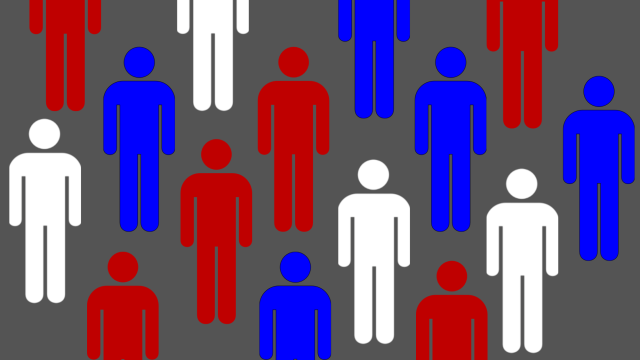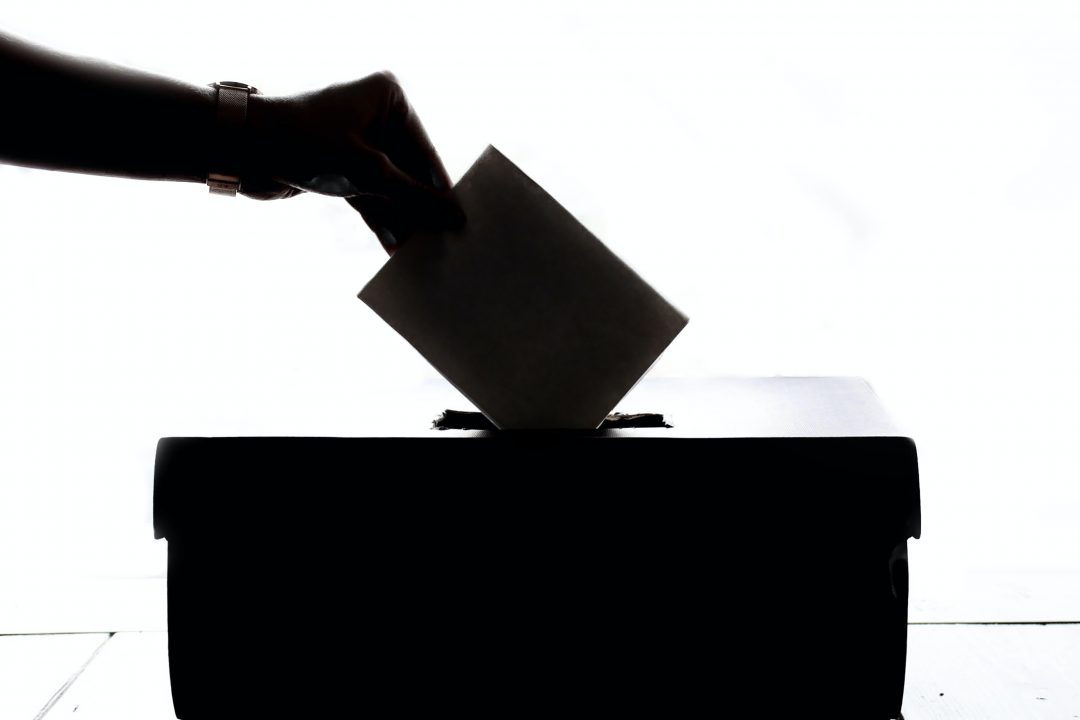
Public opinion polling is a staple of elections. It’s plastered onto cable news, newspapers and social media, making it hard to escape hearing about poll results. While it’s fine to survey registered voters to see what the public thinks about certain political candidates and issues, polls don’t tell the whole story. People need to utilize skepticism and critical thinking in order to gain a deeper understanding of politics and what poll results really mean.
History should teach us that polls don’t always make the right call. We need to approach electoral polls more critically.
The U.S. midterm elections are currently underway, and many polls are offering differing projections about whether we will experience an influx of Democratic or Republican candidates. The chances of these polls being accurate isn’t a certainty, as polls can sometimes distribute incorrect results based on a plethora of factors. It is a gamble the public takes by believing these projections.
Even with a scientific approach (e.g. random sampling) to political polling, polls have still at times failed to gauge the winners for elections, with a recent notable example being the 2016 presidential election. National and state polls told completely different stories when predicting the winner of this election than what the true results were.
Regarding the 2016 election, national polls were called “generally correct” in a report conducted by the American Association for Public Opinion Research (AAPOR), but state polls largely overestimated the power of presidential candidate Hillary Clinton, especially in swing states like Michigan, Pennsylvania and Wisconsin. It helped generate and perpetuate the idea of Clinton winning the presidency. But, when the time came, Trump won all three of those swing states and ultimately the presidency.
The lack of standardization within the polling industry is worrisome. There have been some general guidelines on how to sample. One practice used by pollsters is random digit dialing. Pollsters can randomly select area code numbers and generate the rest of the 10 digits of a phone number. This is done to prevent sampling bias, as any American with a phone is subject to being surveyed. However, this ignores the population of Americans who do not answer their phone calls and are more likely to check text messages. Therefore, the chance of bias occurring is not completely diminished.
There are still different ways that the public is polled, regardless of these guidelines. CNN and Fox News survey people over the phone, while CBS News and Politico use an online format. Google Surveys asks users to answer certain questions and factors in their browsing activity to determine their demographic. FiveThirtyEight’s Advanced Plus-Minus, a statistic to evaluate the performance of pollsters, found online surveys like Google’s were typically inaccurate due to its experimental nature and inclusion of browsing activity.
These disparities may no longer be an issue in the future, as pollsters are beginning to make changes to their methods as a result of failing to predict recent election outcomes. One of the main focuses is to connect to more Americans by using non-traditional methods.
Traditional methods included contacting someone through a landline, but as more Americans are relying less on landlines and more on cell phones, pollsters may begin to send text messages. This draws attention to the question of why pollsters did not change their methodology earlier. By the end of 2016, about 95% of American adults owned a cell phone. That statistic grew, as of February 2021, to 97% of American adults. The fact that pollsters are just now changing their methodology to adapt to the changing technological landscape of the United States illustrates how out of touch the polling industry is. This is a significant way that the 2016 polling catastrophe could have been avoided.
People can forget that public polls and the pollsters running them are deeply flawed. Given how much unnecessary attention poll results are given by the news media, it can be easy to become a victim of fear-mongering. It strays far away from logic and reasoning, something we desperately need to have right now. Awareness and acknowledgment should be the goals people strive for when it comes to determining what the public opinion is. Skepticism and critical thinking provide the foundation for how we should react to polling results.


















